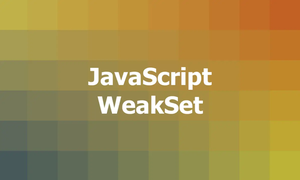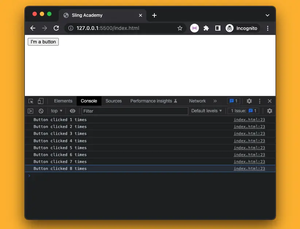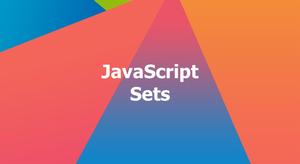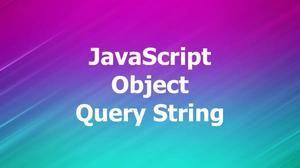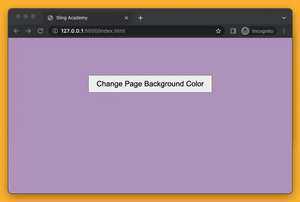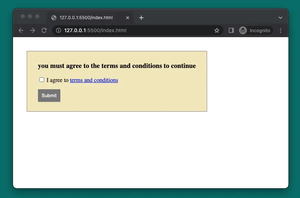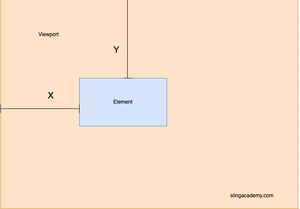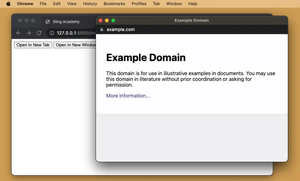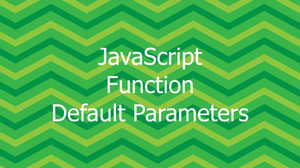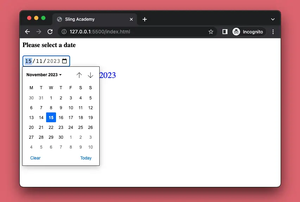Handling touch inputs using touch events in JavaScript is becoming increasingly important as mobile and touch-based devices gain dominance in the tech landscape. Touch events are a set of events that let you respond to interactions on touchscreen devices, like tapping, swiping, pinching, and rotating. Understanding how to use these events can enhance user experiences by providing intuitive and responsive touch controls.
Introduction to Touch Events
JavaScript offers specific touch event interfaces such as TouchEvent, Touch, and TouchList. These events have various properties like touches, targetTouches, and changedTouches that allow developers to capture and manipulate touch interactions effectively. Here's a basic overview of the major touch events:
touchstart: Fired when a touch point is placed on the touch surface.touchmove: Fired when a touch point moves across the touch surface.touchend: Fired when a touch point is removed from the touch surface.touchcancel: Fired when a touch point is disrupted, like an alert or a switch from the page.
Each of these events contains information about all the current touches on the screen.
Basic Example of Touch Events
Let's explore a simple example of how these events are set up and executed in JavaScript:
document.addEventListener('touchstart', function(event) {
console.log('Touch start detected.', event);
});
document.addEventListener('touchmove', function(event) {
console.log('Touch moving detected.', event);
});
document.addEventListener('touchend', function(event) {
console.log('Touch end detected.', event);
});
document.addEventListener('touchcancel', function(event) {
console.log('Touch canceled.', event);
});In the example above, we register different touch event listeners on the document. Any time a touch event is triggered, its respective message will be logged to the console.
Using Touch Event Properties
Each touch event accesses various properties of touches through interfaces like Touch and TouchList. Key properties include:
touches: A list of all current touch points.targetTouches: Touch points specifically on the target element.changedTouches: The touch points that changed in this event.
These properties give programmers flexibility and control over how to handle multiple touch points.
Consider the following application, where we log the coordinates of touch movements:
document.addEventListener('touchmove', function(event) {
let touch = event.touches[0]; // Extract the first touch object
console.log('Touch X: ' + touch.clientX + ' Touch Y: ' + touch.clientY);
event.preventDefault(); // Prevent default scrolling behavior
});Here, we use touches[0] to get the first touch point coordinates clientX and clientY, effectively tracking its movement.
Preventing Default Behaviors
Many default behaviors on touch events, such as scrolling, pinch-zooming, and double-tap, can interrupt custom touch event implementations. To prevent these behaviors, it’s often necessary to call event.preventDefault() within your handler logic.
Example: Handling a multi-touch scenario for pinch zoom and rotate can involve preventing default actions and managing changes in distances and angles between the touch points.
Optimizing for Performance
When using touch events, it's crucial to ensure optimal performance especially on mobile devices, where hardware might be constrained.
- Avoid many DOM manipulations or reflows while handling a touch event.
- Use requestAnimationFrame for animations or updating styles.
- Throttle or debounce event listeners to limit the frequency of event handling.
By managing touch events efficiently and effectively preventing unwarranted behaviors, developers can greatly enhance the usability of web applications on touch-enabled devices.

